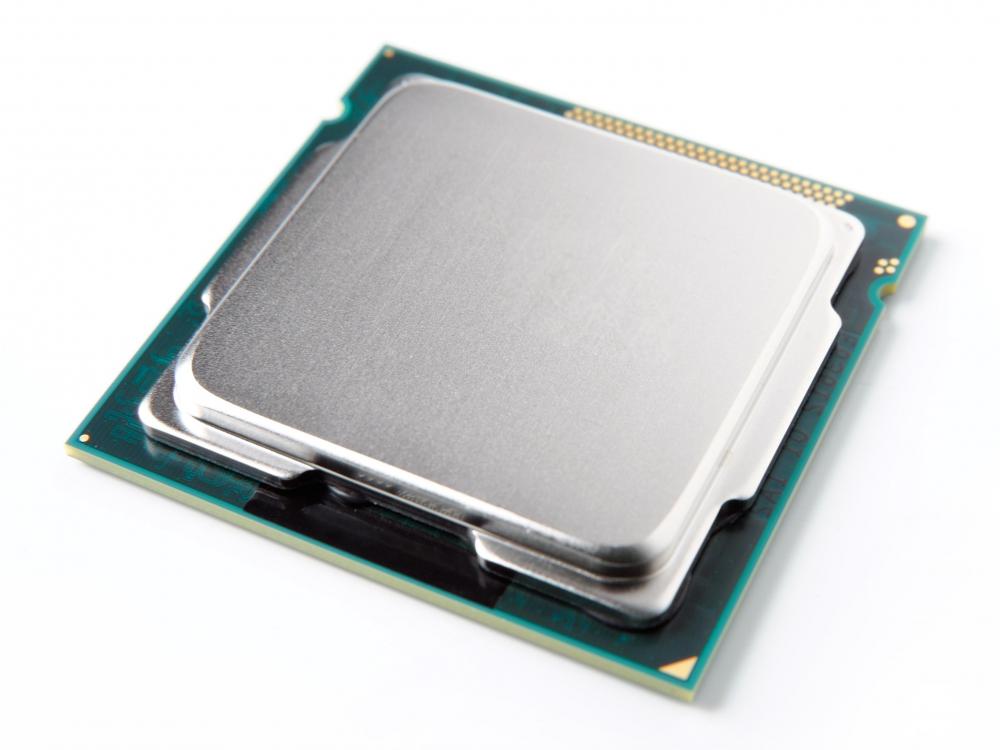At WiseGEEK, we're committed to delivering accurate, trustworthy information. Our expert-authored content is rigorously fact-checked and sourced from credible authorities. Discover how we uphold the highest standards in providing you with reliable knowledge.
What Is Socket 940?
In 2003, semiconductor manufacturer Advanced Micro Devices (AMD) introduced a central processing unit (CPU) socket named Socket 940. It is so named because it has 940 pin holes. AMD particularly made this component for two of its processor brands.
The CPU families compatible with Socket 940 are the AMD Athlon 64 FX and AMD Opteron. The FX is the high-performance version of the then-premier AMD brand of consumer processors, targeted at hardware enthusiasts and hardcore personal computer gamers. The Athlon 64 FX enjoys the highest processing speed range of this particular 64-bit CPU family, at 2,200 to 3,000 megahertz, or 2.2 to 3 gigahertz. The other brand, Opteron, is targeted at workstations and servers rather than PCs, and it has a wider processing rate, at 1,400 MHz to 3,200 MHz, or 1.4 GHz to 3.2 GHz. AMD actually introduced Socket 940 for the Opteron first, which debuted in the same year, but later extended compatibility to the Athlon 64 FX, which began to appear toward the end of 2003.

Measuring 1.98 inches (5.03 centimeters) in width and 2.33 inches (5.92 cm) in length, this socket has its pin holes adhering to the pin grid array (PGA) standard by neatly arranging them in rows that form a grid. Socket 940 uses a PGA variant called organic pin grid array (OPGA), which means that it is made of organic plastic material. Its zero insertion force (ZIF) features enables the user to insert and remove the CPU without using any force. ZIF is particularly helpful because it is meant to prevent any damage to the CPU.

Socket 940 operates within a voltage range of 0.8 to 1.55 volts. It also supports a dual-channel memory controller that uses double data rate synchronous dynamic random access memory (DDR SDRAM) architecture. Its HyperTransport technology, courtesy of AMD for improving data transmission between the processor and the motherboard or other computer/server/workstation components, supports speeds of 800 MHz and 1,000 MHz.
By 2006, AMD began to decrease its use of Socket 940. This was chiefly due to the introduction of Socket AM2, which also has 940 pin holes, but is specifically made for the Opteron's second generation of production. Therefore, it is not compatible with the first-generation Opteron chip. Also making its debut that year was the Socket F, which has a whopping 1,207 pin holes and replaced the 940 socket as the primary socket for Athlon 64 FX processors.
AS FEATURED ON:
AS FEATURED ON:












Discuss this Article
Post your comments